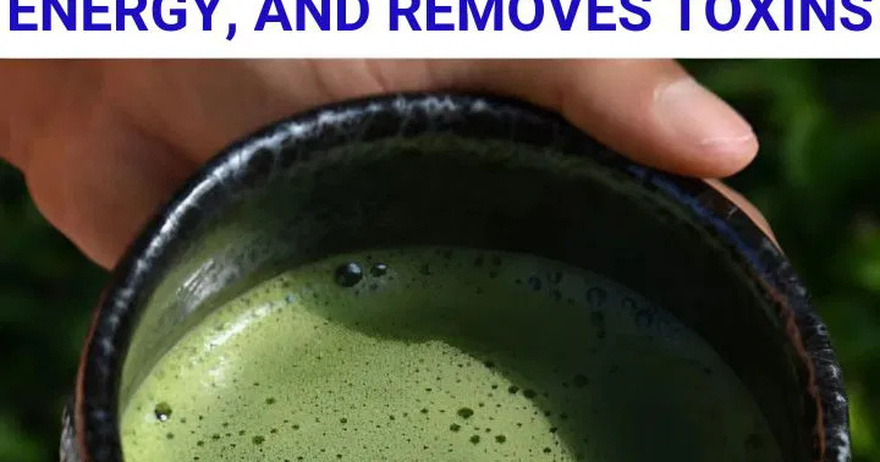Matcha green tea has become widely popular due to its impressive health benefits, thanks to its high antioxidant content.
Unlike regular green tea, drinking Matcha means consuming the whole powdered leaf of the Camellia sinensis plant. This leads to a greater intake of nutrients and amino acids. While Matcha does contain caffeine, it also has compounds that help mitigate its jittery effects.
What is Matcha Tea?
Matcha is made by grinding green tea leaves that are specially grown into a fine, vibrant green powder. Dr. Jennifer Robinson explains that farmers shade the plants from sunlight for two weeks before harvesting to boost amino acids and antioxidants, making Matcha distinct from other teas.
Unlike fermented teas such as oolong or black tea, Matcha leaves are dried and roasted before being ground. The term “Matcha” translates to “powdered tea” in Japanese.
Nutritional Profile of Matcha
Matcha is rich in beneficial compounds, including catechins, flavanols, and polyphenols. EGCG (epigallocatechin gallate) is particularly recognized for its potential anticancer properties. These antioxidants help reduce the risks of chronic conditions like heart disease and type 2 diabetes.
One amino acid in Matcha, L-theanine, promotes calming effects on the brain without causing drowsiness. Additionally, Matcha’s polyphenols have antimicrobial and antibacterial properties, which may aid in preventing infections and support oral health by combating bacteria linked to gum disease.
Matcha also provides trace minerals such as magnesium, iron, calcium, and zinc.
How Much Matcha Should You Drink?
There are no strict guidelines, but most people consume 1 to 2 cups per day. Each cup of Matcha offers the benefits of multiple cups of regular green tea.
Since it includes the entire leaf, overconsumption could strain the liver, so moderation is key, particularly for those with caffeine sensitivity or pre-existing health conditions.
How to Make Matcha
Matcha can be prepared in a few ways:
Traditional Style: Sift 1–2 teaspoons of Matcha into a bowl, add hot water, and whisk with a bamboo whisk until frothy. Drink directly from the bowl.
Matcha Latte: Mix Matcha powder with a little water to form a paste, then add warm (or cold) milk and sweetener.
Simple Cup Method: Stir Matcha with hot water directly in a cup, optionally adding a sweetener.
Health Benefits of Matcha Tea
Boosts Brain Function: The combination of caffeine, L-theanine, and EGCG can improve memory, attention, and cognitive clarity.
Reduces Blood Pressure: The polyphenols in Matcha may help manage hypertension.
Lowers Cholesterol: Research suggests that Matcha helps reduce LDL (“bad”) cholesterol and overall cholesterol levels.
Stabilizes Blood Sugar: Matcha may help lower blood glucose and fat levels in the blood.
Anticancer Potential: EGCG and other compounds in Matcha may help slow tumor growth and reduce cancer risk. A study in Japan found a link between high green tea consumption and delayed cancer onset.
Supports Liver and Kidney Health: Animal studies suggest that Matcha may help protect liver and kidney function, particularly in diabetes.
Promotes Weight Loss: Research indicates that Matcha enhances fat oxidation, especially when combined with exercise.
Potential Side Effects of Matcha
For most people, drinking 1–2 cups per day is safe and beneficial. However, some may experience:
Elevated blood pressure due to caffeine
Increased anxiety in sensitive individuals
Lowered blood sugar, particularly when combined with diabetes medications
IBS flare-ups
Decreased calcium absorption, potentially affecting bone health if consumed excessively
Blake Lively Steps Out with Husband Ryan Reynolds at Another Simple Favor Premiere in N.Y.C. amid Justin Baldoni Legal Battle
Most people fail: Can you spot which dog is different?
Nostradamus Prophecy Resurfaces, Sparking Fear After Pope Francis’s Funeral
Little girl’s dirty answer forces teacher to golden comeback
